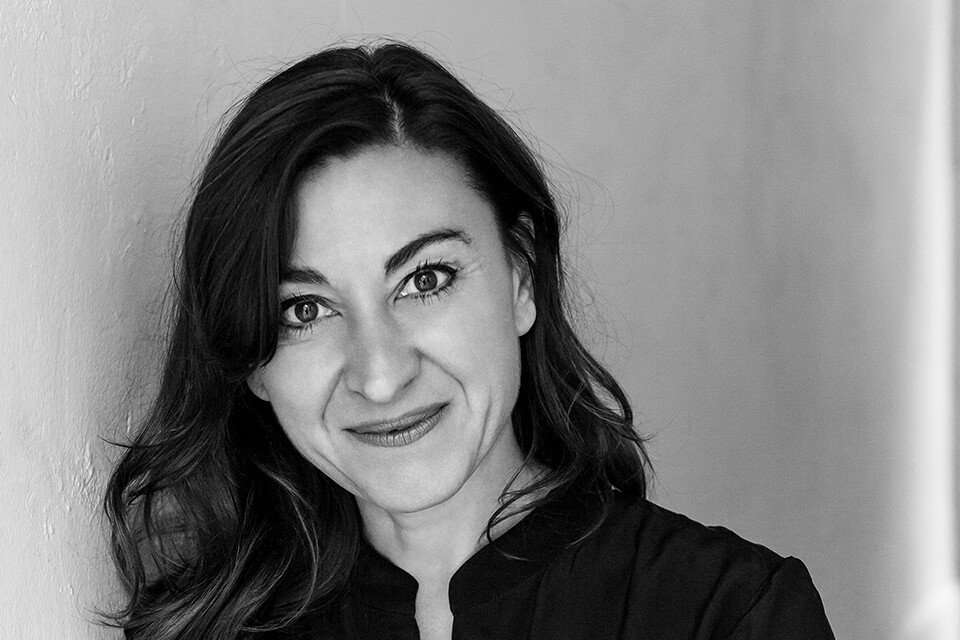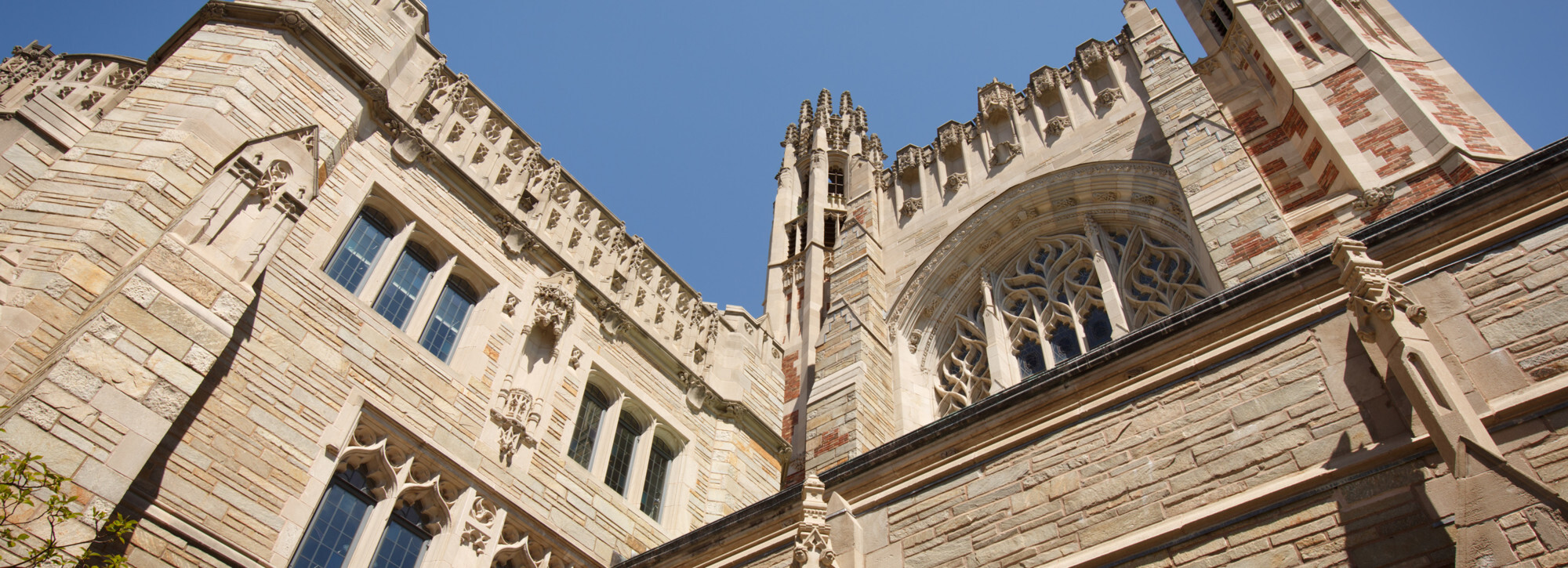Gruber Distinguished Lecturer in Global Justice: Lynsey Addario

Lynsey Addario, a Pulitzer Prize-winning photojournalist who has covered major conflict zones around the world, delivered the 2023 Gruber Distinguished Lecture in Global Justice.
The event took place on March 27, 2023 at 4:30 p.m. in Sterling Law Building Room 120 and was open to the Yale community. The Lecture titled “Of Love and War,” illustrated by Ms. Addario’s presentation with arresting, and at times, difficult photographic images. Emily Bazelon, Lecturer in Law, Yale Law School, moderated Ms. Addario’s presentation with some directed questions, before allowing questions from the attendees.
With over 20 years of experience, Ms. Addario highlighted her professional experiences capturing the lives of ordinary people, particularly women and children, during times of conflict. She first spoke how she became a war photographer, starting with a 1970s photo of her family in Connecticut. As the youngest of four daughters, she forged her own path, distinct from her own family’s modest one.
Ms. Addario moved to India in 2000 to become a foreign correspondent and was encouraged by a colleague to go to Afghanistan under Taliban rule to document women's lives. As a woman, she was able to access places and spaces where men were not allowed, and she discreetly took photos. She returned after the fall of the Taliban and has continued to document the lives of women in Afghanistan, covering topics such as maternal mortality, women’s participation in elections, as well as their struggles to leave bad marriages, some ending in self-immolation.
Ms. Addario went to Iraq in 2003 before the fall of Saddam Hussein and witnessed the initial scenes of euphoria. However, there was very little plan for the aftermath and people became increasingly frustrated. Because of her position as a journalist, Ms. Addario was able to cover both sides of the story—attending funerals of Iraqi combatants, as well as being embedded with the US military. In a particular poignant episode, Ms. Addario recounted how she covered US war casualties. Commissioned by Life Magazine, she documented the wounded soldiers coming out of Fallujah; however, the editors did not believe they should be published as they believed the American public could not handle them. Ms. Addario eventually published the pictures in the New York Times Magazine. This experience emboldened her to continue to depict the human costs of war, and in a series entitled 29 minutes, showed the efforts made to save the life of a gravely wounded soldier, Jonathan Taylor. He eventually passed away despite efforts to save him. His family, initially, did not want Taylor’s pictures published, but eventually they consented. The images of Taylor were among the many remarkable, difficult, photos Ms. Addario shared.
In 2009, due to her MacArthur award, Ms. Addario decided to research maternal mortality. She learned that 550,000 women die each year during childbirth, with 70% of those deaths being preventable due to a lack of medical professionals and difficult access to medical centers in certain countries. In 2010, she went to Sierra Leone where she illustrated the tragic, and all too normal, story of an 18-year-old mother, pregnant with twins. The young mother delivered her first child but the second child was a challenge. After enduring an arduous journey (crossing rivers, travelling on unpaved roads, waiting for an ambulance), she reached a crowded hospital. Skilled medical assistant was scant and the mother hemorrhaged to death. Ms. Addario’s story and photo were published in Time magazine and inspired the Merck corporation to make a significant donation to address global maternal mortality.
Since then, Ms. Addario has been photographing climate change for National Geographic, capturing events such as wildfires in California, illegal logging and mining in the Amazon, and the worst flooding in South Sudan in four decades. She has also documented the effects of drought in Ethiopia and Somalia, where people are dependent on livestock and many are severely malnourished, with aid organizations providing water.
Ms. Addario ended her formal presentation with some of her recent work covering the war in Ukraine for the New York Times. Ms. Addario shared photographs of people fleeing heavy fighting and torture, including women, children, the ill, and the elderly. Many were living in basements and had not seen the sky for weeks. She noted that the conditions under Russian occupation were likely very difficult for those affected. Ms. Addario hoped audience left her lecture with a deeper understanding of how nuanced war is, and that her work can make a difference and influence policy.
